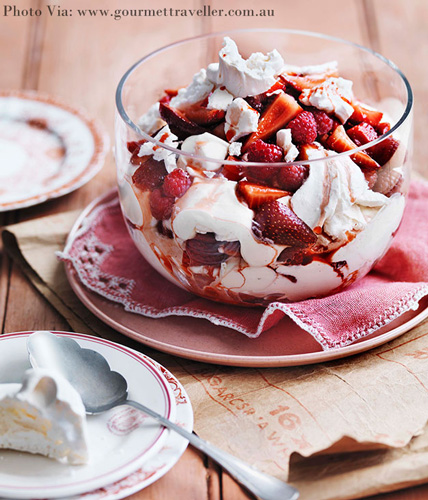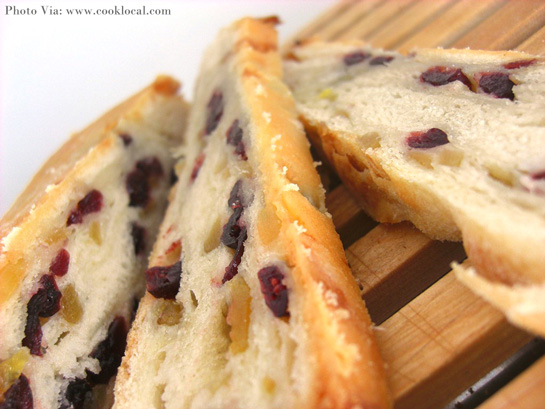8 Mouth Watering Desserts You Shouldn’t Miss
One of the loveliest things about the UK is that some of the different regions have mouth-watering puddings or desserts that they are famous for. Most are named after the town where they were first created. So let’s learn the Bakewells from out Chelsea Buns.
Bakewell Tart – The yummy ground almond filling tastes the best when it is been heated and left to cool slightly. It’s not too hot to burn but the warmth brings out the almondy flavour. The Blackwell Tart is named after the town in the Peak District of Derbyshire. Well tart as there is also Bakewell Pudding from the same town too. No, the two are not technically the same and even you ask the town folk of Bakewell they are divided on what makes it a tart or a pudding. Putting it simply, a Bakewell Tart has a shortcrust base and a Bakewell Pudding has puff pastry.
Eccles Cakes – Eccles cakes are cakes that aren’t even cakes. Instead they are small flat pastry filled with dried fruits and spices. Being quick and easy to make, and also very tasty, has kept them popular for centuries. Eccles Cakes are named after the village Eccles. Once a village in its own right it is now part of Salford, Manchester.

Eton Mess – One of the most favourites and an all-time British classic. Traditionally served at Eton College but as for its origins of its name, historians are a big foggy. Eton mess is quick and easy to make. It uses up a glut of ripe fresh strawberries. It’s simply a mixture of meringues, fresh strawberries and whipping cream. All in one mixed up glorious mess. This is one dessert that tinned or frozen fruit just doesn’t work. You need the slight firmness of the fresh strawberry against the soft cream to make it work.
Chelsea Buns – Chelsea Buns got their name from buns sold at the Bun House in Chelsea. They are a type of currant bun and where first created in the 18th century. It’s a yeast dough flavoured with lemon peel, cinnamon or mixed spice and rolled into a square spiral with currants being added and it’s rolled into shape. The sugar glaze on top finishes off the bun to a lovely sticky sugar bun.
Dundee Cake – Dundee Cake is a traditional Scottish fruit cake with a rich flavour. It originated in the 19th century in Scotland. It was originally a mass-produced cake made by the Keller’s Marmalade Company and claim to be its originators. It’s also thought to be originated from Mary Queen of Scots not liking glace cherries and asking for a cake without cherries but with almonds instead. Traditionally it is decorated with concentric circles of almonds on the top.

Lardy Cake – Also known as Lardy Bread, Dough Cake and Fourses Cake. Not really known for a specific town or village but found more in several southern counties of the UK. They all of course claim to have the original recipe. The ingredients are fresh lard, currents, flour, spices, sugar and raisins. Traditionally it is eaten with afternoon tea with tea or coffee. Although having lard as ingredient it is surprising sweet and very rich. Lardy Cake is made by thinly rolled dough layered with the other ingredients. When cooked, to let the lard soak through, the cake is tuned upside down.
Saffron Cakes and Buns – From Cornwall, these cakes or buns are traditionally made with saffron. Saffron is the world most expensive spice by its weight. It’s the saffron that make the famous yellow colour in the cake or bun. To get an intense yellow that the buns and cakes are famous for requires a lot of saffron. Most commercially available saffron buns or cakes today contain food dyes to enhance the natural yellow provided by the saffron. Made up of yeast, flour, caster sugar, currants and sultana are made into either bun shapes or into a loaf tin to produce a cake.
Banoffee Pie – A rather newcomer to the list and only created in 1971. Not named after the town it was made but from its ingredients, Banoffee Pie was created in East Sussex by the chef of The Hungry Monk. It’s basically toffee or caramel with bananas and cream on a biscuit crumb base.
